That constant drip from your faucet isn’t just irritating, it’s a sign that something in your plumbing system needs attention. Even a small leak can waste hundreds of gallons of water over time, increase your utility bills, and lead to costly damage if left unchecked.
At PlumbingWurx, we specialize in diagnosing and repairing leaky faucets quickly and efficiently. From worn-out washers and faulty O-rings to corrosion and water pressure issues, our expert team has seen (and fixed) it all.
We’ll explore the five most common causes of a leaky faucet, how to identify them, and why trusting our professional plumbers can save you time, money, and stress.
TLDR: 5 Causes of a Leaky Faucet
A leaky faucet might seem minor, but it wastes water, raises your utility bills, and can cause long-term damage if ignored. PlumbingWurx knows how to fix them fast.
- Worn-Out Washers and Seals: Friction wears these down over time, allowing water to escape even when the faucet is off.
- Corroded Valve Seats: Mineral buildup and rust weaken the seal between the spout and faucet body, leading to leaks near the base.
- Loose or Broken Parts: Everyday use can loosen handles, screws, or O-rings, causing drips or wobbling fixtures.
- Water Pressure Issues: High water pressure strains faucet components, causing leaks, bursts, or sudden spurts.
- Improper Installation or Age: Poor installation or old, worn-out fixtures often lead to persistent leaks that require professional repair or replacement.
The safest, most cost-effective solution is to call PlumbingWurx, your trusted Hagerstown plumbing experts, to get the job done right the first time.
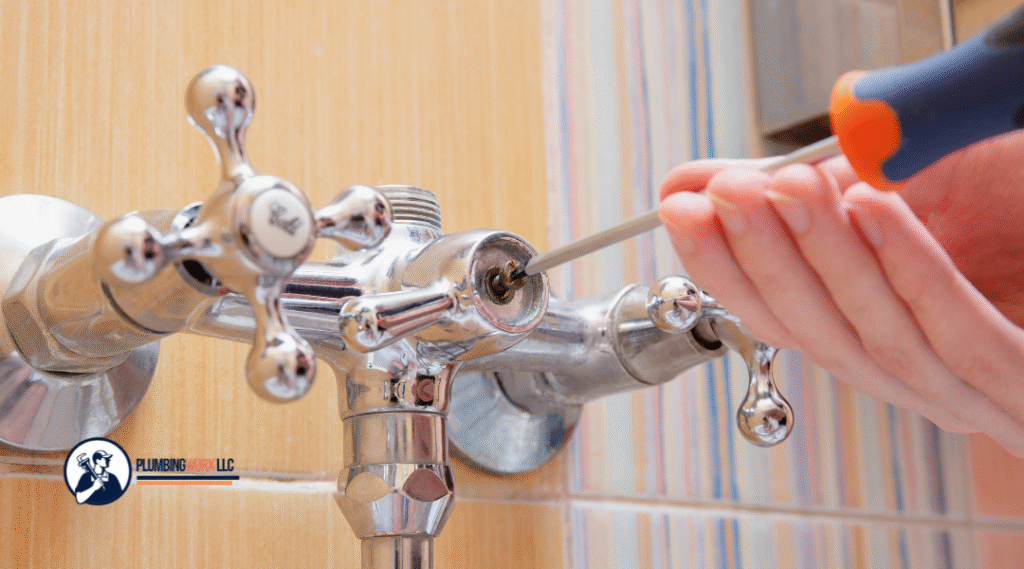
1. Worn-Out Washers and Seals
One of the most common culprits behind a leaky faucet is a washer or seal that has simply worn down with time. Each time you turn your faucet on and off, the washer presses against the valve seat, creating constant friction.
Over the years, this friction gradually erodes the material, making it less effective at forming a watertight seal. As the washer breaks down, small gaps appear, letting water slip through even when the faucet is shut tight.
Homeowners often notice this issue when a faucet begins to drip steadily or makes squeaking noises as it’s turned. While it may seem minor at first, ignoring a worn washer can lead to higher water bills and unnecessary waste. The good news? Replacing washers and seals is a straightforward repair for our professional plumbers, ensuring your faucet works like new again.
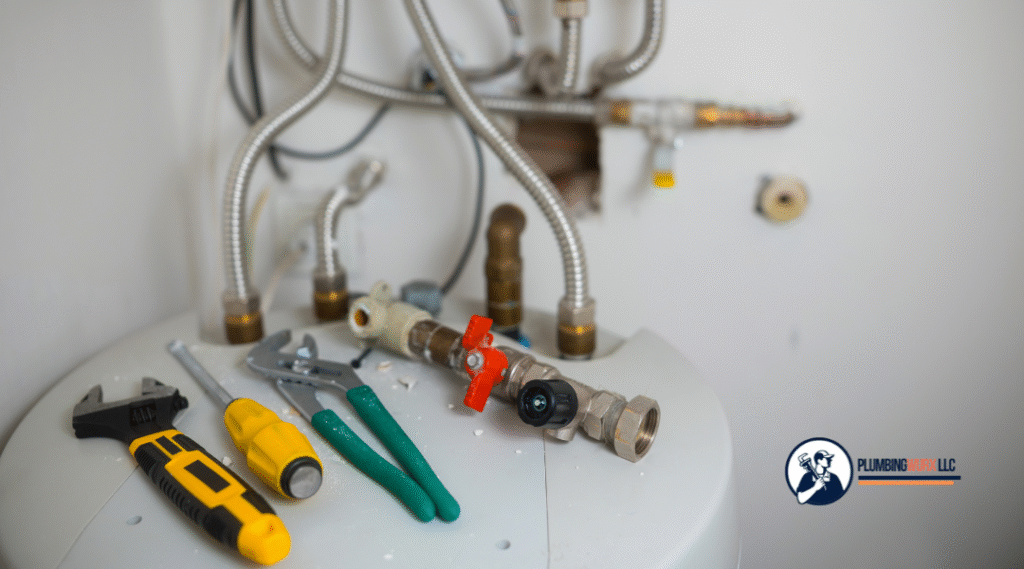
2. Corroded Valve Seats
The valve seat is a small but essential part of your faucet, acting as the connection point between the spout and the faucet body. Its job is to provide a tight seal and keep water flowing only when you want it to. Unfortunately, because it’s constantly exposed to water, minerals, and sediment, the valve seat is especially vulnerable to corrosion.
Over time, rust and buildup can eat away at the metal, weakening the seal and creating a perfect pathway for leaks.
A corroded valve seat often reveals itself through drips near the spout or discoloration around the faucet base. Left untreated, corrosion can spread and cause more serious damage to the faucet’s internal parts.
The fix usually requires cleaning or replacing the valve seat, a job best handled with the right plumbing tools to ensure the faucet is resealed correctly. Our team can address corrosion early to stop the annoying drip and also extend the lifespan of your entire faucet.
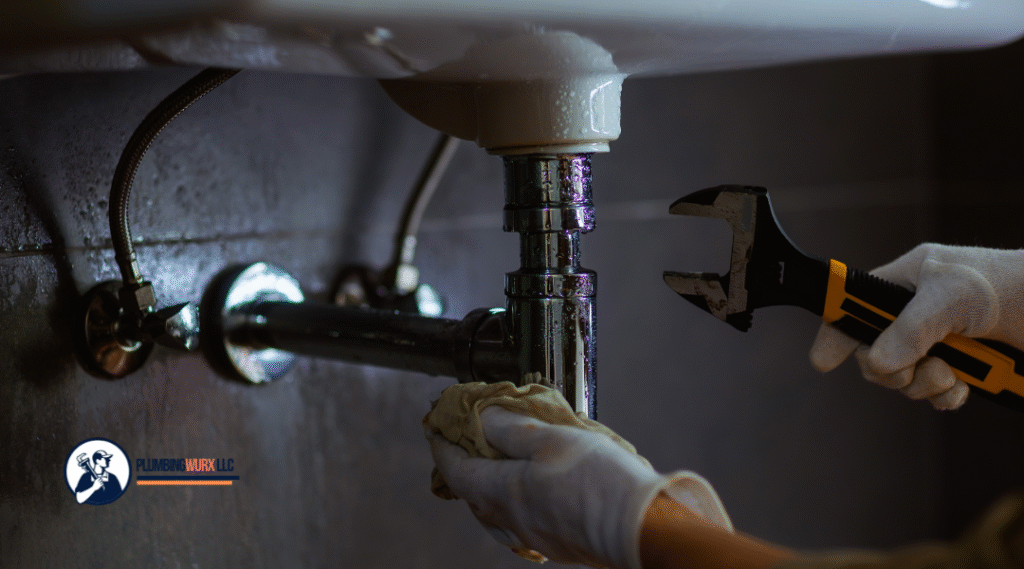
3. Loose or Broken Parts
Your faucet is made up of several small but important components, like screws, handles, and O-rings, that all work together to keep water flowing smoothly and under control. Over time, daily use can loosen these parts, causing them to shift out of place or wear down completely.
A wobbly handle or a dripping faucet base is often the first sign that something inside isn’t holding as tightly as it should.
Sometimes a simple tightening can solve the problem, but in many cases, the part itself is damaged or too worn to do its job correctly. For example, an O-ring that has cracked from age won’t stop leaking just because it’s tightened; it needs to be replaced.
Our team knows when a quick adjustment will work and when repair or replacement is necessary to restore a leak-free seal.
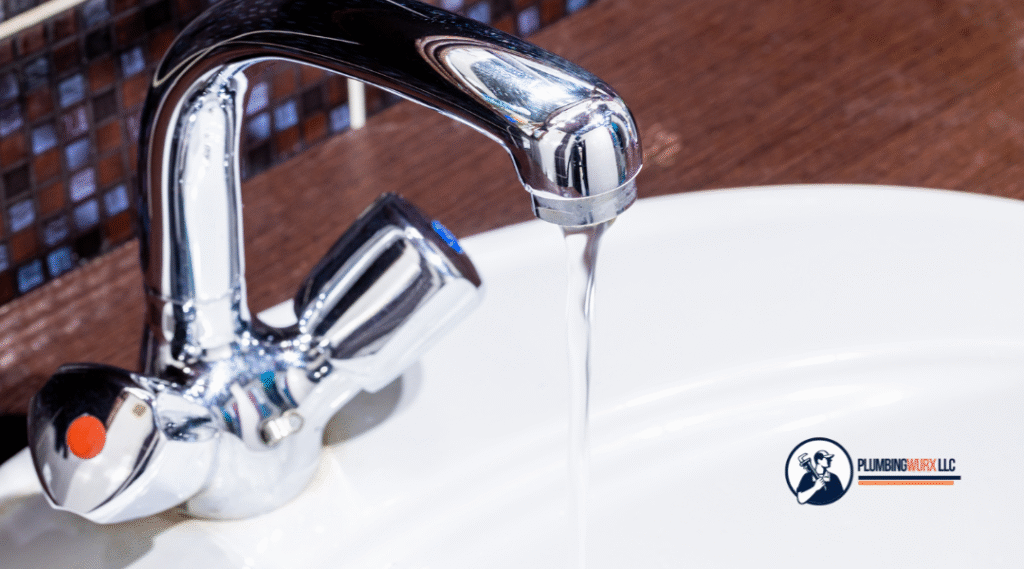
4. Water Pressure Issues
Not all faucet leaks are caused by worn parts, sometimes, the problem lies in the water pressure itself. When pressure inside your pipes is too high, water is forced against faucet components with greater force than they were designed to handle.
This added strain can cause slow drips, sudden spurts, or even damage to seals and joints that would otherwise hold up under normal conditions.
High water pressure often goes unnoticed until the leaks start, but it can also show up as banging pipes, appliance issues, or unusually high utility bills. In cases like these, tightening or replacing faucet parts won’t address the root cause.
What’s needed is pressure regulation; our team installs a pressure-reducing valve to protect not only your faucets but your entire plumbing system. Bringing water pressure back to a healthy range ensures your fixtures last longer and operate more reliably.
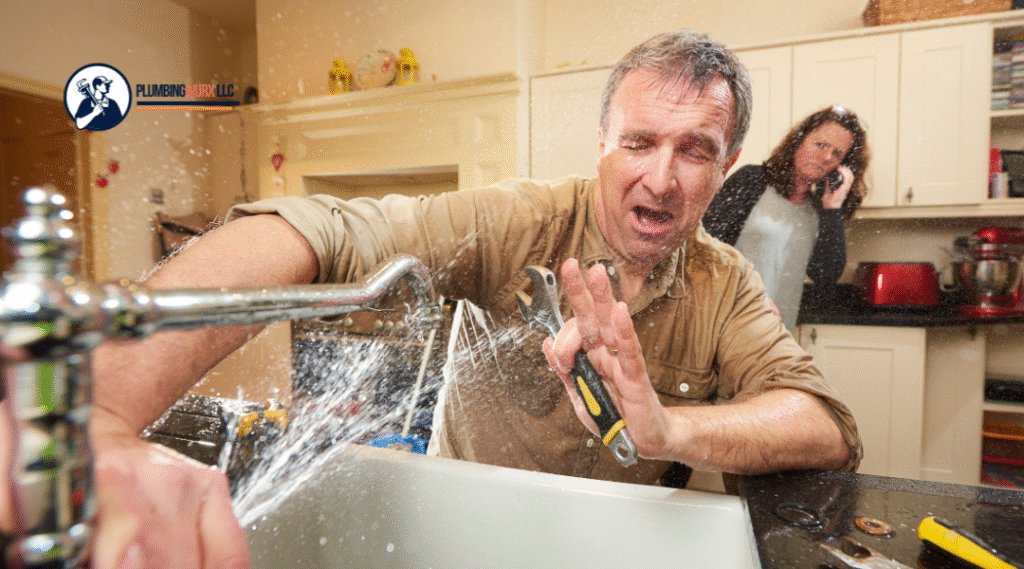
5. Improper Installation or Age
Sometimes the cause of a leaky faucet has less to do with wear and tear and more to do with how it was installed in the first place. A faucet that wasn’t fitted correctly, whether from a DIY attempt or a rushed job, can leave gaps, misaligned seals, or weakened joints that don’t hold up under daily use. Even if the leak doesn’t appear right away, poor installation almost always leads to long-term problems.
On the other hand, even a perfectly installed faucet won’t last forever. As fixtures age, their internal components degrade, and the metal, rubber, or plastic parts begin to break down. This natural wear often shows up as slow leaks inside the faucet body or around its base.
Once a fixture reaches the end of its lifespan, repairs may buy you some time, but replacement is usually the most reliable fix for lasting peace of mind.

Why It’s Important to Fix Faucet Leaks Quickly
A dripping faucet may seem like a small issue, but the longer it’s left unchecked, the bigger the consequences become. The most immediate impact is water waste; those constant drips can add up to hundreds of gallons a month, pushing utility costs higher for no good reason. What feels like “just a few drops” is often money literally going down the drain.
Leaks also create the perfect environment for mold and mildew. The constant moisture around a sink basin, countertop, or under a cabinet allows spores to spread, leaving behind stains, odors, and potential health concerns. Over time, the water can seep into wood or laminate, causing swelling, warping, and even structural damage to cabinets and counters.
Addressing faucet leaks quickly not only saves water and money but also protects the integrity of your home. Whether the issue is a worn washer, corroded valve seat, or faulty installation, a prompt repair keeps a small nuisance from becoming a major problem and ensures your plumbing system continues to run efficiently.
Why DIY Faucet Repair Often Goes Wrong
Online tutorials don’t account for your unique plumbing setup
It’s easy to find “quick fix” videos online, but most of them are made for very specific faucet models. Your plumbing system may use different fittings, seals, or cartridge types, meaning the tutorial advice doesn’t apply. Following the wrong steps can make the issue worse rather than better.
One wrong move can cause a bigger leak or strip the hardware
Faucet parts are small and delicate, especially screws, cartridges, and valve seats. Applying too much force or using the wrong tool can damage threads, strip screws, or crack seals. What started as a minor drip could end up requiring a full faucet replacement.
Misdiagnosing the problem can cost you more
Many homeowners assume a washer swap will solve their leak. But if the valve seat is corroded or the O-ring has failed, the new washer won’t do anything. DIY repairs often address the symptom (the drip) rather than the root cause, which means the leak soon returns.
Small drips can turn into major leaks if a seal or fitting fails
What begins as an occasional drip might escalate into a steady stream if a part breaks under pressure. Worse, hidden leaks inside cabinets or under sinks can go unnoticed until they’ve caused mold, mildew, or even structural rot.
You might void your warranty or insurance
Many faucet manufacturers and home insurance policies require that a licensed professional do plumbing work. If a DIY repair goes wrong, you may not be covered for the damage. That could leave you paying out of pocket for costly corrections that a plumber could have prevented.
For a Reliable Leaking Faucet Fix, Call PlumbingWurx Today!
Contact us today at (301) 264-7577 or visit us at 1044 Virginia Ave, Hagerstown, MD 21740.
We’re a family-owned business and pride ourselves on our quality craft and top-notch customer service!


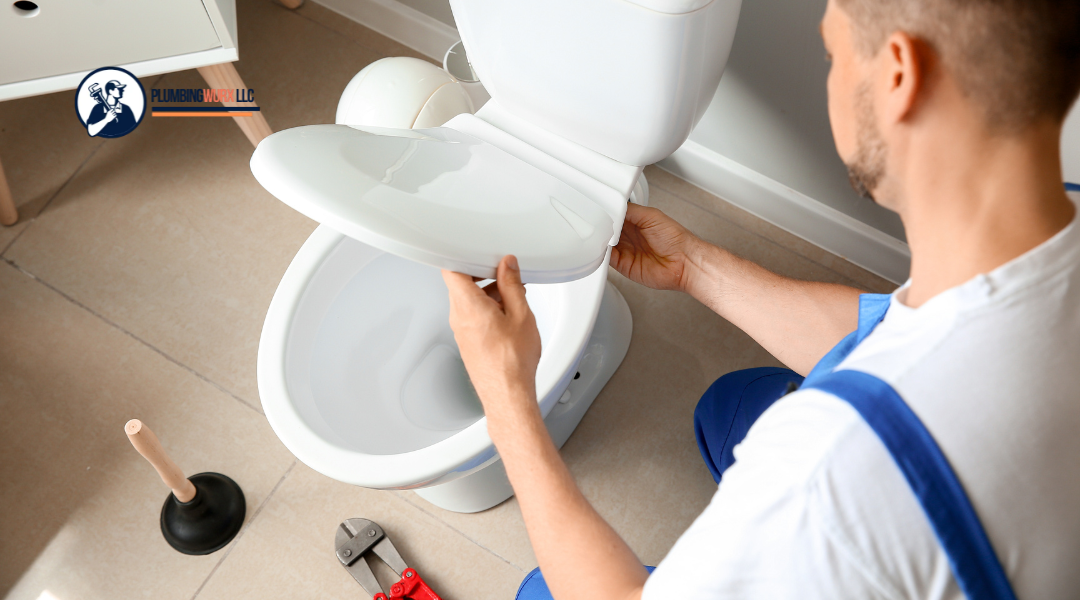









0 Comments